These edits are inspired by David Hockney’s photo joiners. I am mostly inspired by the joiners where Hockney captures people within their natural environment. The joiners technique reveals various perspectives of the photograph whilst the fragmented pieces alters your perspective of the subject. This further expresses the intricate details showing us new perceptions. I like how Hockney’s joiners opens up your interpretation of his work meaning that it can be perceived differently for different people. This means that it displays union in a more captivating way as we can clearly see the connection the subject has to music, however the fragmented, broken up pieces alters your perspective revealing this new reality but the same reality.
Edit 1
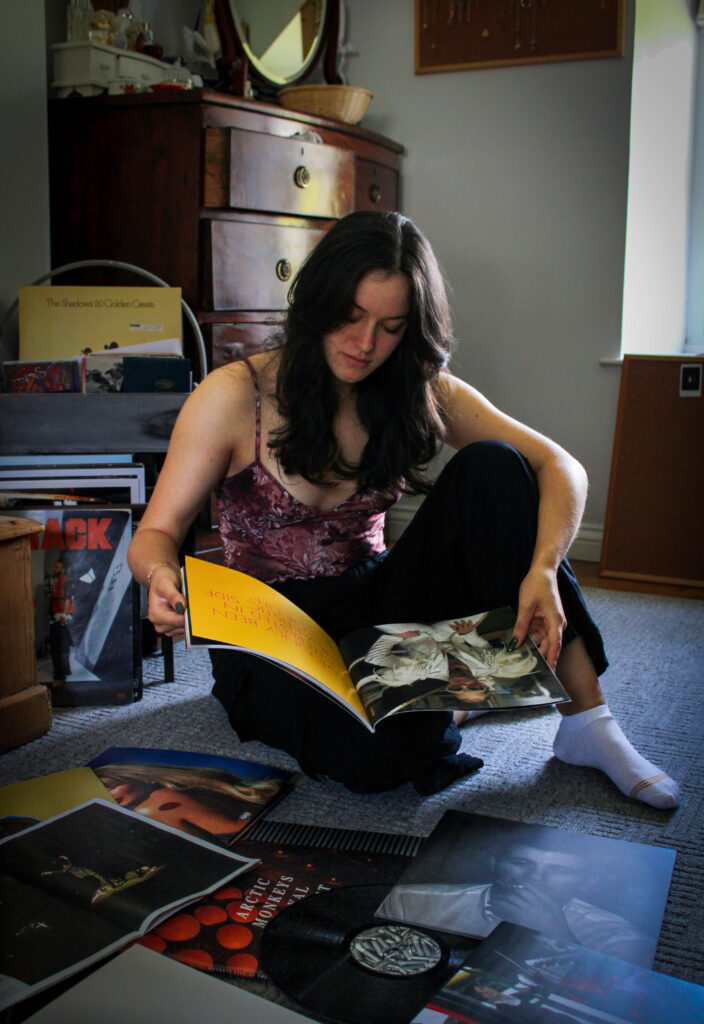
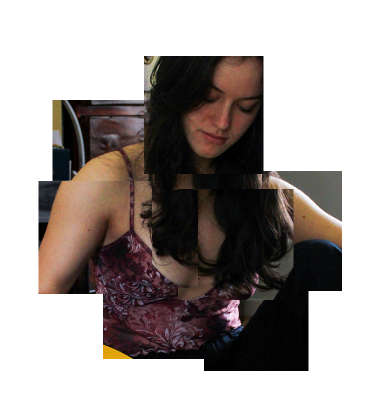
In response I used the technique in the same way, using the environmental portraits and, breaking them up into smaller pieces then reassembling them back together in a disjointed way. Using photoshop I imported my image then duplicated it which allowed me to created individual layers which I could then layer on top of one another another creating this fragmented, distorted image.
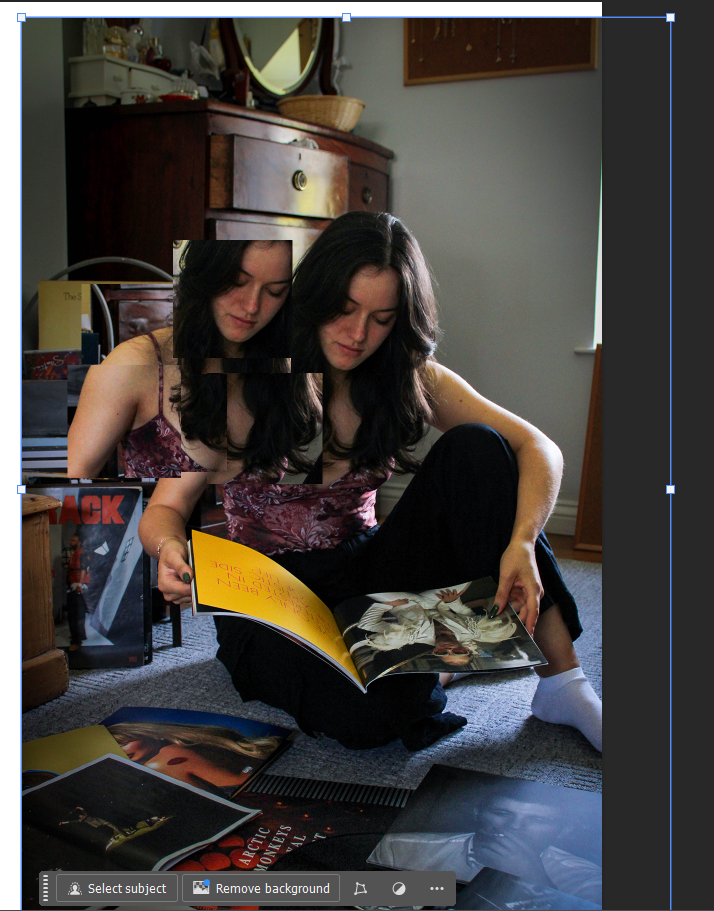
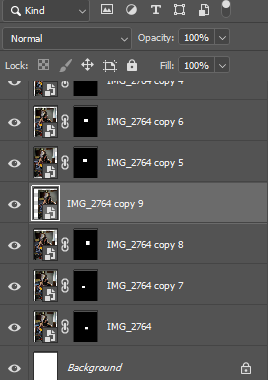


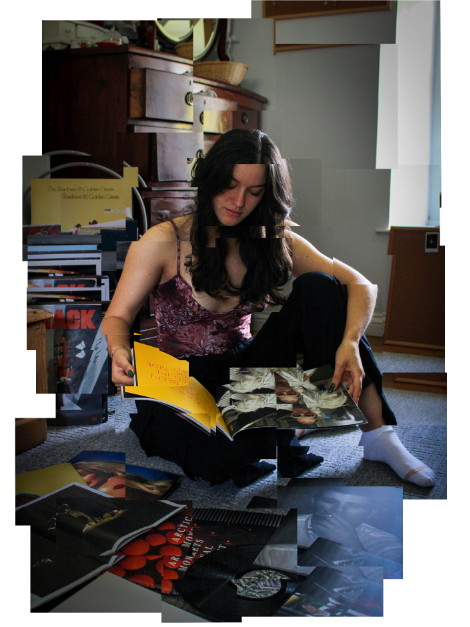
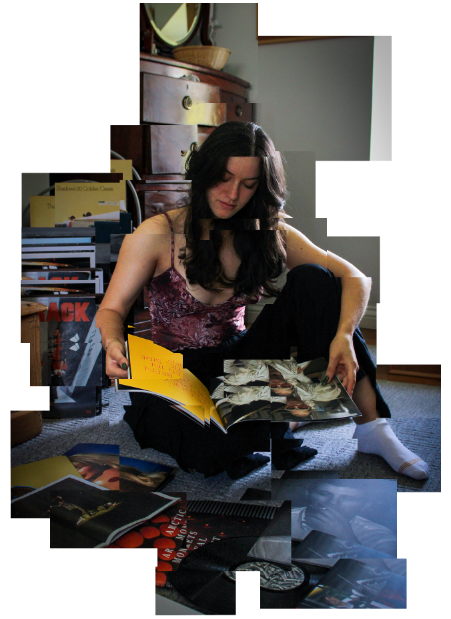
As you can see I have carefully pieced the layers together, so that they overlap one another and join together which create this fragmented look. I find this fragmented look crates this interesting feature as features are repeated and joined together. Similar to Hockney, I have pieced the photos together, following the outline of the joiner, meaning that not all of the image has be reassembled back together. I have left areas missing meaning that the fragmented, distorted image is continued around the edges.
Edit 2



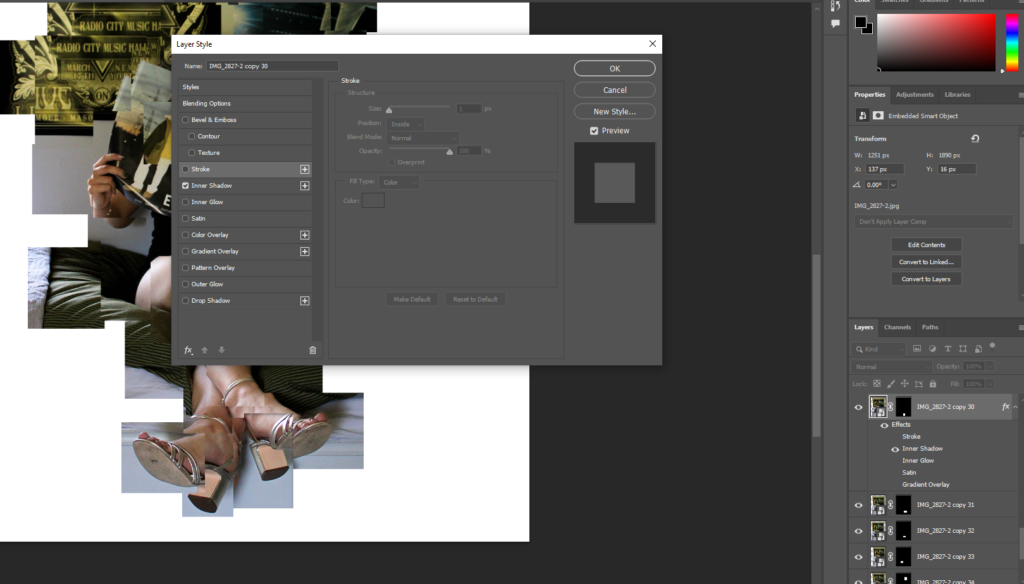

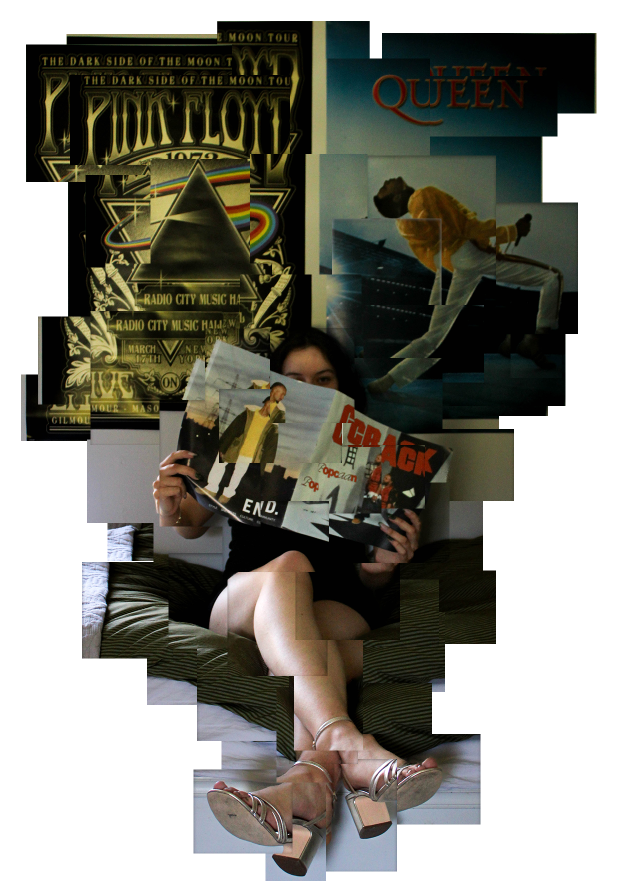
For this joiner above, I followed the same process on photoshop, creating a series of layers which are pieced back together in a disjointed and fragmented way. I wanted this fragmented feature to distort the way you look at it, altering and adjusting your perspective. When creating the layer, I liked this feature of repeating a particular detail and then piecing back together as they create dynamic contrast, as the shadows and colours are never the same. This repetitive feature creates a broken-up pattern as each fragment adjusts your view as we are presented with a new formation which shows a new reality. It emphasises the 3-dimentional aspect as multiple perceptions of the portrait are revealed. This further alters our perception of union, showing us things differently to what we would normally perceive them to be.
